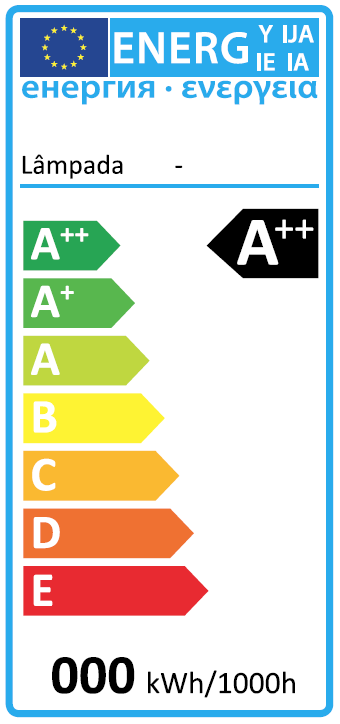Lighting represents, on average, 14% of the electricity consumption in your home, also contributing to the heating of the space (for example halogen spotlights).
HOW TO REDUCE YOUR CONSUMPTION ASSOCIATED WITH LIGHTING?
Contrary to common sense, turning off light points indiscriminately is not a measure of energy efficiency in lighting. On the contrary, energy efficiency in lighting consists of ensuring the same levels of luminosity with equipment that has lower energy consumption.
The lighting paradigm has been changing over the last decade, from the phase-out of incandescent lighting to the promotion of compact flourescent lamps and, more recently, to the massification of LED lighting.
LED lighting is currently the most efficient technology and has high levels of durability. Like televisions, the life span of this equipment is measured in hours of operation, considering a use of 3 hours daily, verifying that an LED lamp (25,000h) can last up to 22 years. This type of lighting combines the mentioned advantages, the fact that it has a smaller contribution to the heating of the space and the possibility to change (in some cases, through a control system) the color temperature of the lighting.
Lâmpada incandescente
Uma lâmpada de 60W em funcionamento 3 horas por dia ao longo de todo ano, representa um custo anual de 12€.
Lâmpada LED
Para uma utilização semelhante, uma lâmpada LED de classe A+ de 8,6 W representa um custo anual de 1,2€ com um custo de 2€.
Poupança
Ao substituir a iluminação incandescente por LED poderá obter reduções anuais nos consumos de energia na ordem dos 10€ por lâmpada.



 Simulador Simples
Simulador Simples Simulador Avançado
Simulador Avançado